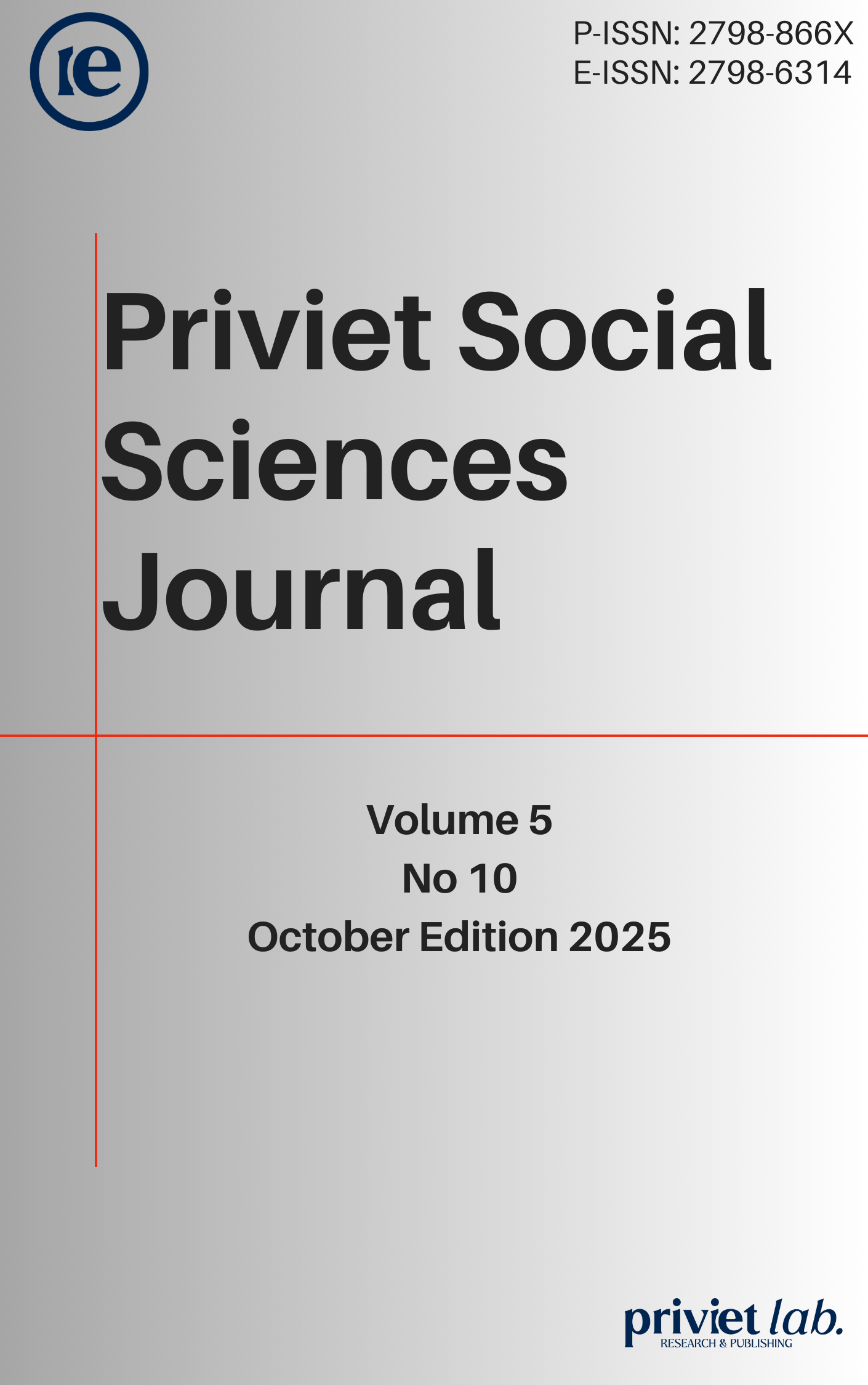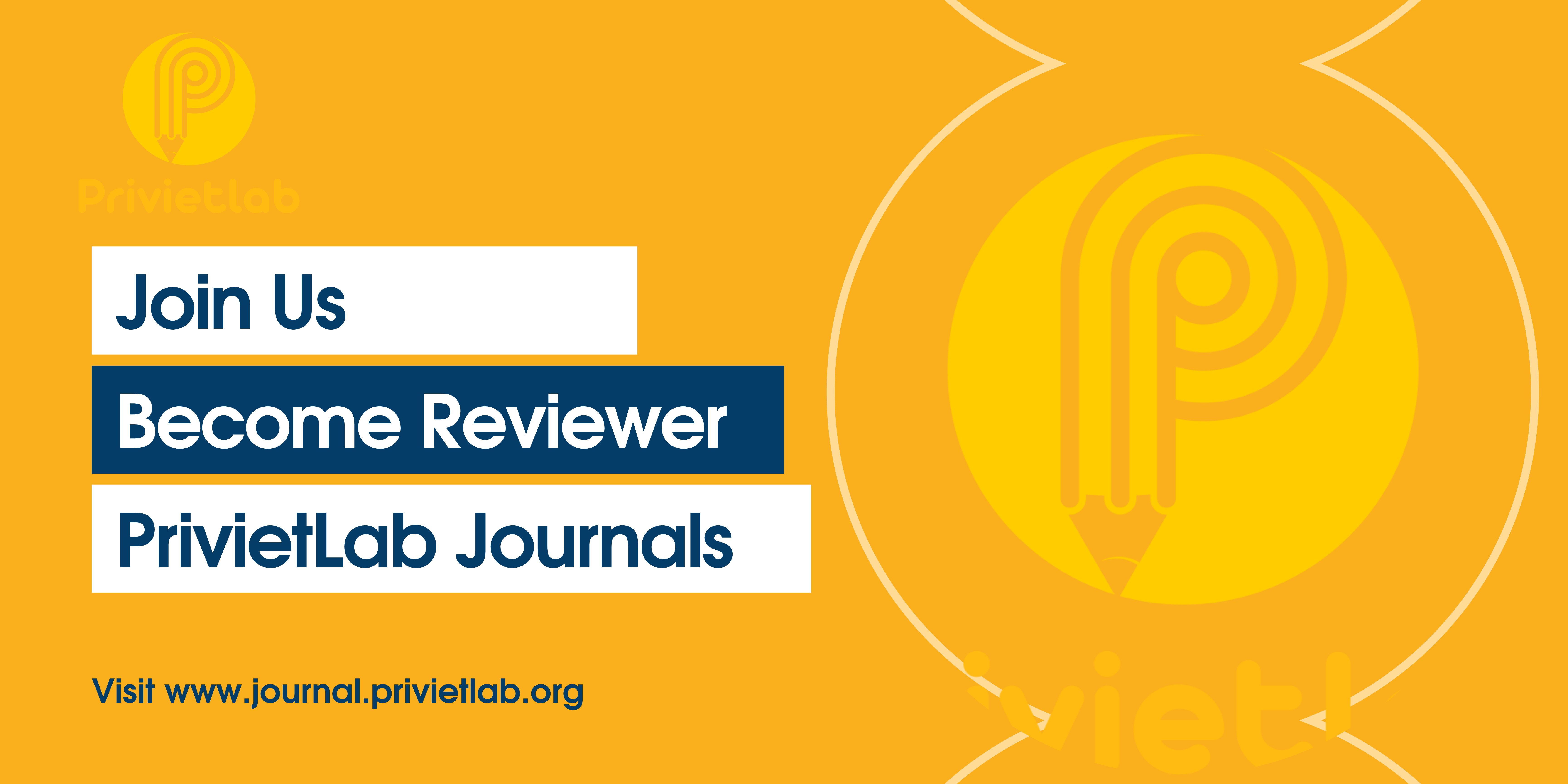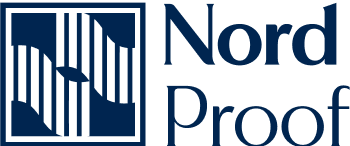Analysis of the impact of the community development program of PT Pertamina Patra Niaga integrated Terminal Pangkalbalam on local community empowerment
DOI:
https://doi.org/10.55942/pssj.v5i10.890Keywords:
CSR, community empowerment, waste management, sustainable developmentAbstract
This study discusses the implementation of the PELIKAS Program (Utilization of Organic Waste for Social Independence) as a form of Corporate Social Responsibility (CSR) for PT Pertamina Patra Niaga Integrated Terminal Pangkalbalam in Bukit Besar Village, Pangkalpinang City. The background of this program is the increasing volume of household organic waste, the limited capacity of the Final Disposal Site (TPA), and the high unemployment rate of the community. Through a community development approach, this program integrates organic waste management with community economic empowerment, especially farmer women groups (KWT), through the cultivation of Black Soldier Flies (BSF) or maggot larvae. The research uses a descriptive qualitative method with interview, observation, and documentation techniques. The results of the study show that the PELIKAS program has a positive impact on three main aspects: (1) the environment, by reducing the volume of organic waste and increasing soil fertility with kasgot; (2) social, through increasing community participation and solidarity, as well as the distribution of crops to vulnerable groups; and (3) the economy, by increasing the income of KWT members and developing products with selling value such as organic fertilizers and processed foods. However, challenges remain in terms of institutional and financial sustainability. The conclusion of this study confirms that PELIKAS is a CSR model based on community empowerment that is effective and can be replicated in other regions to support the achievement of Sustainable Development Goals (SDGs) related to the environment, food security, and economic equality.
References
Central Statistics Agency (BPS) of Pangkalpinang City. (2024). Pangkalpinang City Manpower Data. Title: BPS.
Carroll, A. B. (1991). The pyramid of corporate social responsibility: Toward the moral management of organizational stakeholders. Business Horizons, 34(4), 39–48. https://doi.org/10.1016/0007-6813(91)90005-G
Chambers, R. (1997). Whose reality counts? Putting the first last. London: Intermediate Technology Publications.
Diener, S., Zurbrügg, C., & Tockner, K. (2011). Conversion of organic material by black soldier fly larvae: Establishing optimal feeding rates. Waste Management & Research, 29(4), 603–610. https://doi.org/10.1177/0734242X11404794
Pangkalpinang City Environmental Agency (DLH). (2024). Report on waste generation in Pangkalpinang City. Pros: D.C.
Elkington, J. (1997). Cannibals with forks: The triple bottom line of 21st century business. Oxford: Capstone Publishing.
Pertamina. (2022). Pertamina empowers residents to cultivate BSF maggot in Indramayu. Jakarta: Pertamina.
Pertamina Hulu Energi. (2023). PEP Sangatta held maggot cultivation training for organic waste management. Jakarta: PHE.
Porter, M. E., & Kramer, M. R. (2011). Creating shared value: Redefining capitalism and the role of the corporation in society. Harvard Business Review, 89(1–2), 62–77.
Surendra, K. C., Tomberlin, J. K., van Huis, A., Cammack, J. A., Heckmann, L. H., & Khanal, S. K. (2016). Bioconversion of organic wastes into biodiesel and animal feed via insect farming. Renewable Energy, 98, 197–202. https://doi.org/10.1016/j.renene.2016.03.022
Visser, W. (2010). The age of responsibility: CSR 2.0 and the new DNA of business. Chichester: Wiley.
World Health Organization (WHO). (2023). Water, sanitation and hygiene: Progress on household drinking water, sanitation and hygiene. Geneva: WHO.
Zimmerman, M. A. (1995). Psychological empowerment: Issues and illustrations. American Journal of Community Psychology, 23(5), 581–599. https://doi.org/10.1007/BF02506983
Downloads
Published
How to Cite
Issue
Section
License
Copyright (c) 2025 Tiara Ramadhani, Rani Ade Ningsih, Afifah Khairul Muti'ah, Devraldo Sandhika

This work is licensed under a Creative Commons Attribution 4.0 International License.

















